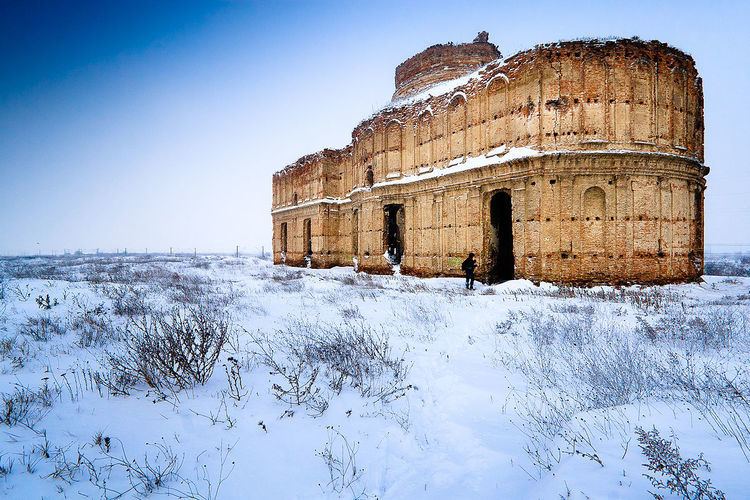Affiliation Eastern Orthodox Status Active Opened 1790 | Ecclesiastical or organizational status Monastery(since 2008) Architectural style Neoclassical Phone +40 720 957 395 | |
 | ||
Patron Saint John Jacob Hosevite Similar Lacul Morii, Palace of the Parliament, Hotel Cismigiu, Curtea Veche, Stavropoleos Monastery | ||
The haunting with chiajna monastery
Chiajna Monastery is the name of a ruined church situated on the outskirts of Bucharest, Romania, which is the subject of many legends, including the story that it is cursed. The information center Giulești Park is devoted to the upkeep and protection of the building, which is a national heritage site.
Contents
- The haunting with chiajna monastery
- Praying for high speed trains at chiajna monastery march 2012
- History
- Legends
- Building today
- References
Praying for high speed trains at chiajna monastery march 2012
History
Construction began during the reign of Alexander Ypsilanti (1774–1782) and was completed by the Phanariote Nicholas Mavrogenes (1786–1790). It was built in neoclassical style, and was considered very large for that time: 43 meters long and 18 high, with walls 1 and 2 meters thick.
The church was meant to be one of the most important places of worship for Romania, but that never happened. The monastery was abandoned during the plague in the reign of Alexander Ypsilanti.
Other sources say that work on the monastery began in 1792, but was abandoned during the time of plague, when the prince was Mihai Suțu.
The tower collapsed in the earthquake of 1977.
Legends
Building today
The ruin is located in the immediate vicinity of the railway Bucharest - Craiova and near the final approach path to Bucharest airport, the traffic on these routes hastening its degradation. Some architects believe that the monastery can be restored, because a church built from scratch would cost much more.
In April 2011 the monastery was claimed by the church and it now has restoration plans for the site. The place is now bordered by a fence but access is free.
